VIENNA GALLERIES CHECK-IN #1
Part 1 of a three-part blogpost series: Charim Galerie, Gabriele Senn Galerie, Galerie Crone Vienna
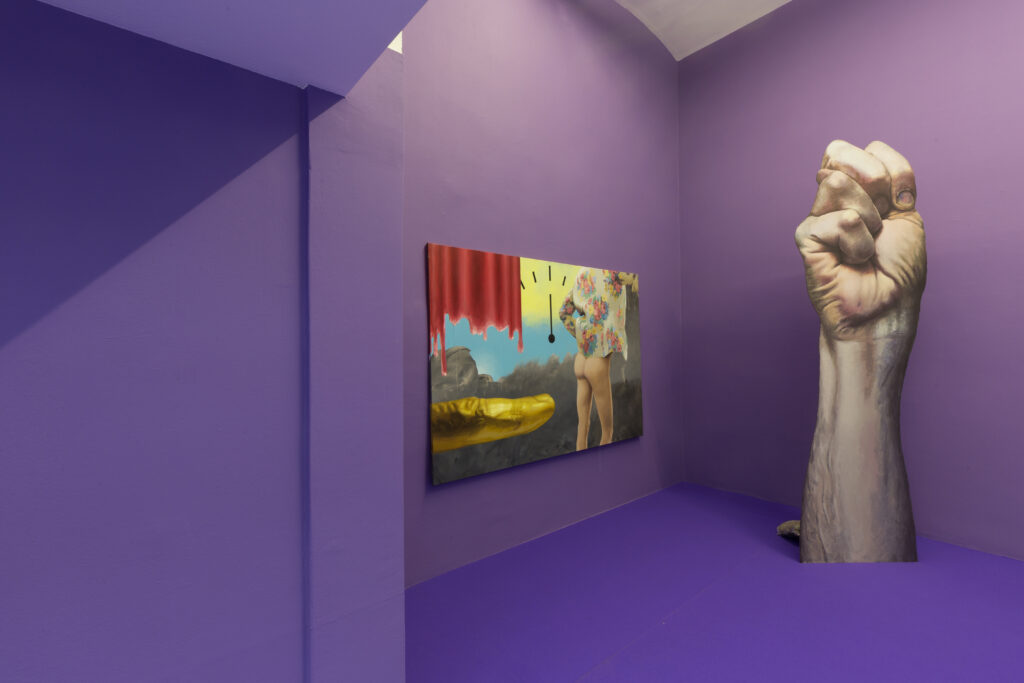
Exhibition view Ashley Hans Scheirl, Neoliberal Surrealist, Galerie Crone Vienna, 2019. Photo by Matthias Bildstein, Vienna. Courtesy Galerie Crone, Berlin Vienna
This year we once again asked some Viennese galleries about current developments in the Viennese art scene, challenges and incentives in their daily business and – in view of the motto “Challenging Orders” of this year’s VIENNA ART WEEK – asked what role art, artists and their institutions play in questioning existing norms and orders. Along the way, we also learned something about “good art” and the preference of some artists for Viennese cuisine.
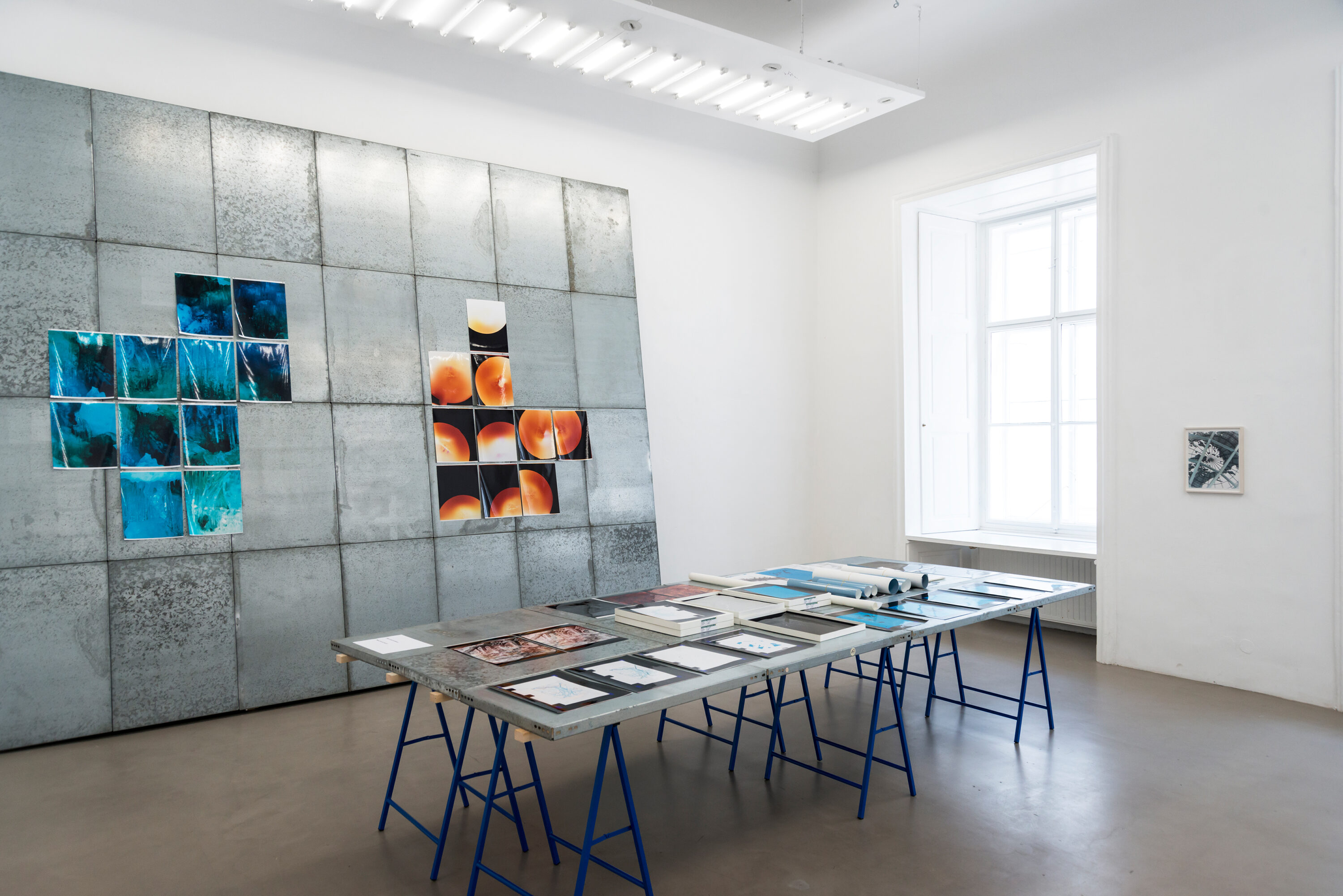
Charim Gallery, Markus Krottendorfer, Abyss, exhibition view, photo: Markus Krottendorfer.
CHARIM GALLERY
The Charim Gallery, founded by Miryam Charim and Hubert Klocker, has been located in the Dorotheergasse in the center of Vienna since 1997. Among the artists represented by the gallery are Dorit Margreiter, Olga Neuwirth, Andreij Monastyrskij, Lisl Ponger, Dorothee Golz and Milica Tomic as well as younger positions such as Markus Krottendorfer, Robert Muntean, Daniel Pitin, Alfons Pressnitz, Roberta Lima and Tamuna Sirbiladze. The gallery alternates between thematic group exhibitions and solo presentations, both of which raise art-immanent or socio-politically relevant questions. “A political agenda and a self-reflexive approach are essential moments in our work,” says Kurt Kladler, director of Charim Gallery. The focus is on themes that the artists themselves deal with.
What characterizes the Viennese art scene and is there anything that it is still particularly lacking? “The artistic productions are diverse, the scenes are lively and competitive, these are good prerequisites. But there is a lack of more young galleries, larger private collections and market-driven dynamics that could provide more visibility and curatorial engagement for artists,” Kladler says. What he finds exciting about current developments on the scene are initiatives that artists and curators are putting in place to appeal to a younger generation of people and get them interested in art issues and collecting.
What are the incentives for running a gallery in Vienna today? “Active participation in international cultural life, in order to be able to help shape it with artists,” says Kladler. It is important for galleries to support the work of artists and to ensure that the content and aesthetic demands are implemented. Where does he see potential in art for breaking down prevailing principles of order? “In the worlds of art, there are always struggles for the power of definition of taste elites, for inclusion and exclusion, etc., that is the basic dynamic. Art can become socially effective through the functional myth and acceptance of the general claims to be creative and innovative, and also to negotiate socially progressive content,” says Kadler. And what does good art mean to him? “‘Good art’ is what few people in their time think is good art.”
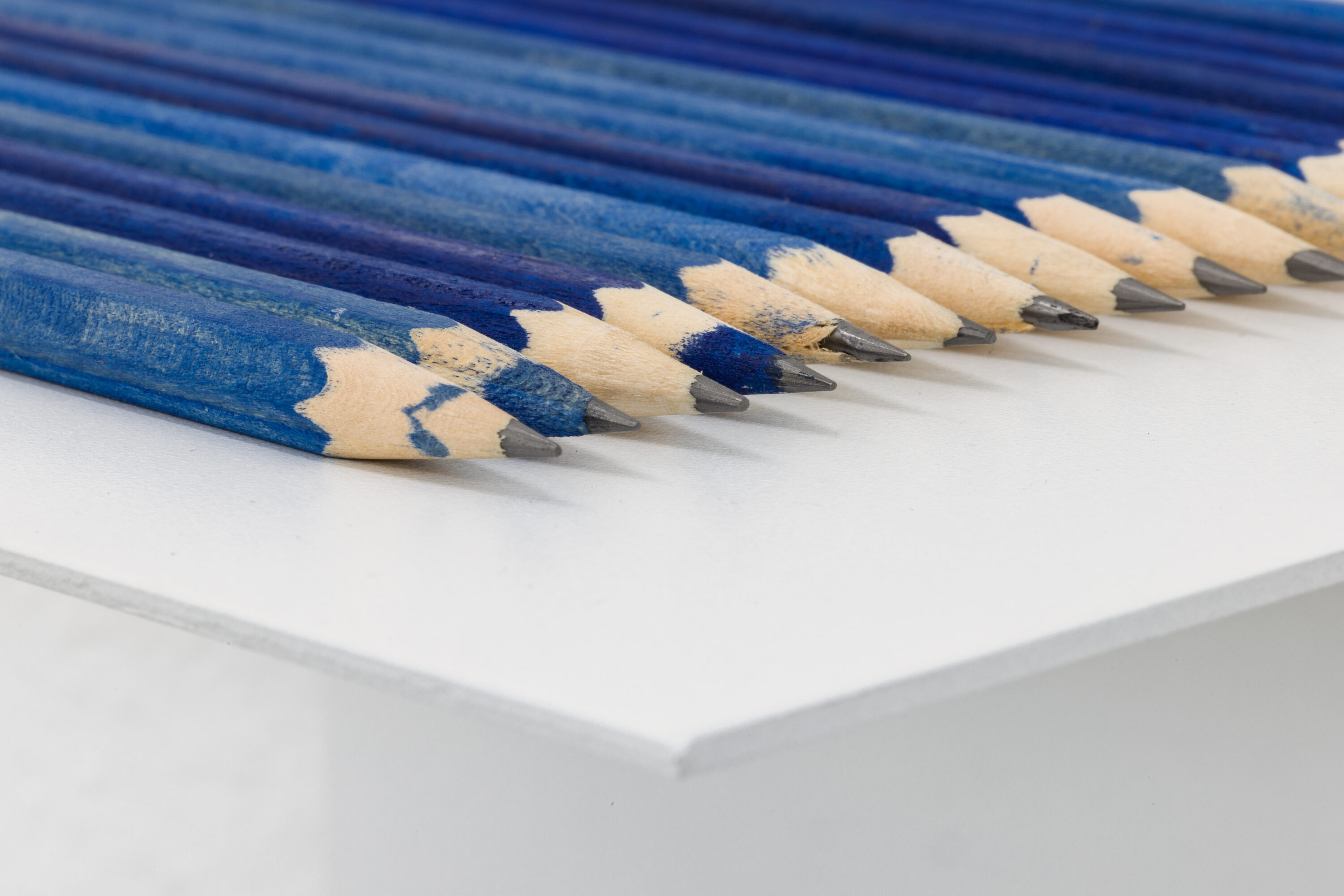
Gabriele Senn Galerie, Kathi Hofer, Pictures, exhibition views, Vienna 2022.
GABRIELE SENN GALLERY
For gallery owner Gabriele Senn, “good art” can only go hand in hand with deep interest and emotion, both historically and from a contemporary perspective. She founded her gallery in 2000 in Schleifmühlgasse in the 4th district “out of the situation at that time, where there were no opportunities for young artist:inside in Vienna. At that time, many start-ups were founded that have left a lasting mark on the gallery scene to this day,” Gabriele Senn explains.
Her comprehensive range of selected contemporary art – the artists represented by the gallery include Cecilia Brown, Adrian Buschmann, Richard Hoeck, Kathi Hofer, Oswald Oberhuber, Alexander Ruthner, Elfie Semotan, Stephanie Stern, Marina Sula and Hans Weigand – is the result of many years of personal collaboration with Austrian and international artists: “Many artistic positions are the result of personal interest, friendly connections with artists and professional guidance from the observation of the present,” says the gallery owner. Exchange and networking in the international art context are of particular importance to her.
“Curators, exhibition houses and collections have the great advantage of conceptually linking themes from their collections and thus artists through their importance and contextualization, and generating a public gaze,” says Senn. Senn sees the greatest challenge for the operation of a gallery today in making the value of art visible to a society and in reinforcing and communicating the present with its multitude of artists in their work.
And what are the concrete possibilities for artists in Vienna? “There is a lack of private collectors who show a broad commitment. The museums also do not reflect the potential of the city. And: two art academies, hundreds of artists – where is the responsibility of museums and politics here?”, Senn wonders. The gallery owner also misses the international focus on Vienna, which is vanishingly small in relation to art production in an international comparison. But as a drop of bitterness, she adds: “It is striking that the artists love to eat in Vienna and perceive the city’s cuisine as almost unbelievably good. I’m thinking of food orgies with Michael Riedel and Cosima von Bonin, among others.”
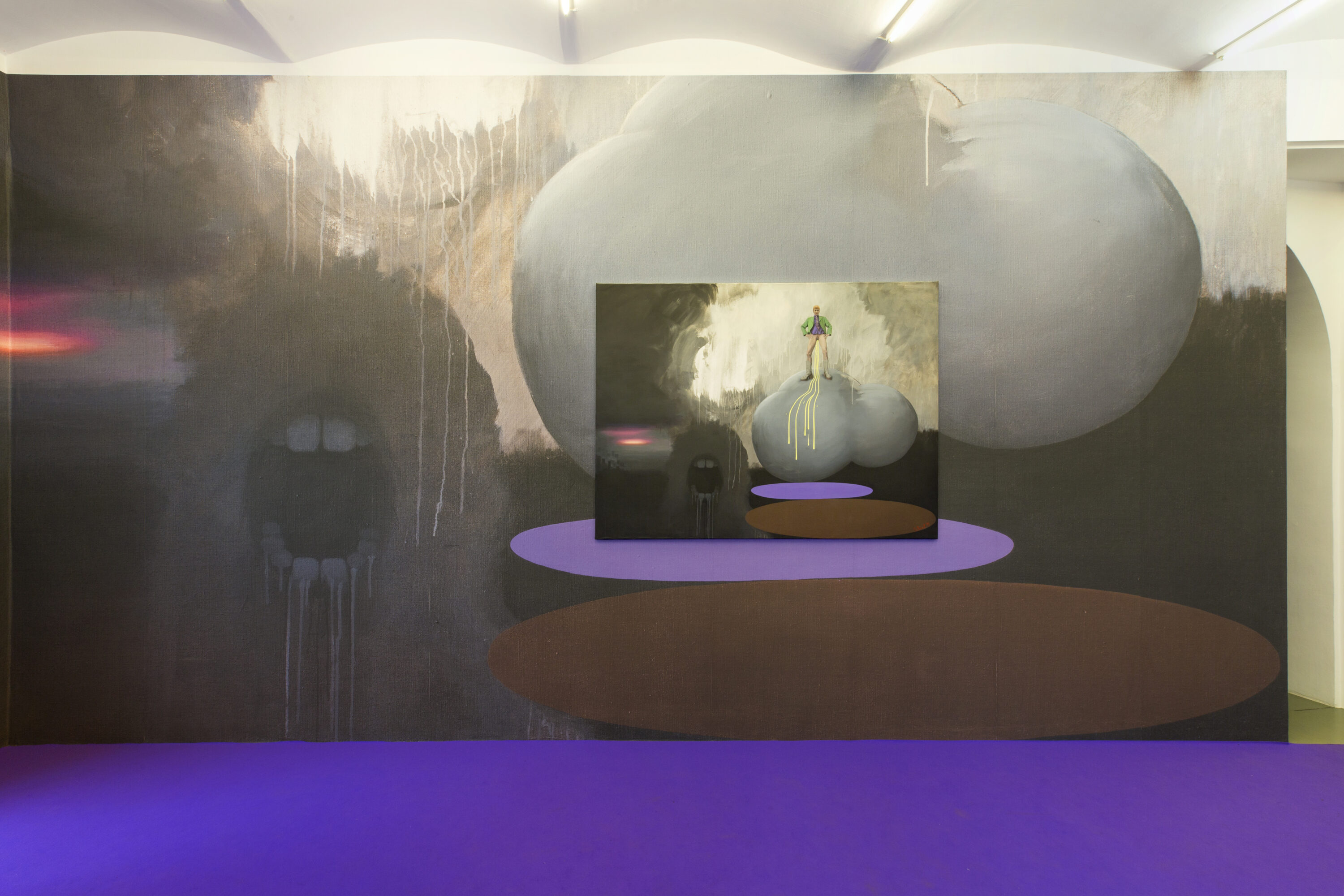
Galerie Crone Vienna, exhibition view Ashley Hans Scheirl, Neoliberal Surrealist, Vienna 2019, photo: Matthias Bildstein, Vienna. Courtesy Galerie Crone, Berlin Vienna.
GALLERY CRONE VIENNA
Founded in 1982, Galerie Crone is one of the most traditional galleries for contemporary art in the German-speaking world. In the 1980s and early 1990s Crone gave impulses with young German artists such as Martin Kippenberger, Albert Oehlen, Rosemarie Trockel, Sigmar Polke, Hanne Darboven as well as with mainly US-American representatives of Minimal and Conceptual Art such as Lawrence Weiner, Sol Le Witt, Carl André, but also Bridget Riley, Paul Thek, Robert Mapplethorpe and Alex Katz. In the late 1990s and 2000s, Crone was then one of the first galleries to show artistic positions such as Kai Althoff, Cosima von Bonin, Daniel Richter, Jonathan Meese, Amelie von Wulffen, Marc Brandenburg, and Annette Kelm.
In the 2010s, a second location was opened in Vienna, and in Berlin, in addition to the main location on Fasanenstraße, a project space on Tempelhofer Damm has since been occupied. “Crone’s programmatic focus is contemporary art that deals with social realities and political challenges,” explains Andreas Huber, director of the Vienna branch. “The gallery represents artists of different generations, origins, cultural backgrounds and sexual orientations who are united by the desire for an open, tolerant, enlightened society and culture. Their work spans the full range of artistic practices, media and approaches, from painting and sculpture to installation and time-based art.”
What is the incentive for him to get involved with art? “Through art, you come into very emotional contact with a wide variety of people. You have one foot in a millionaire’s loft in Manhattan and the other in an artist’s rocked-out studio on the outskirts of the city,” Huber says. In Vienna, the “social art biotope” is very important: “People know each other, they see each other often, not to say every day, at an opening. Compared to the size of the city, there’s a disproportionate amount going on: galleries, museums, offspaces.” What he sometimes lacks here is an understanding of the peculiarities of the art market, which would be: “Prices are rising, internationality is important, we gallery owners take care of the income and thus survival of the artists with the sales, gallery visits are free and in total we make thousands of square meters of space in Vienna accessible to exhibitions free of charge.”
To pick up on this year’s VIENNA ART WEEK motto “Challenging Orders” – who are the decision-makers, tastemakers and view-makers in the art world, and in what ways can galleries support artists in breaking down prefabricated structures and working towards a diversification of their norms and values? “Learning by doing!” says Huber. “An interplay of many protagonists is necessary: Artists, gallery owners, critics, collectors, curators with a sustainable career. Away from these, an Instagram channel is also enough.”
Text: Angelika Seebacher
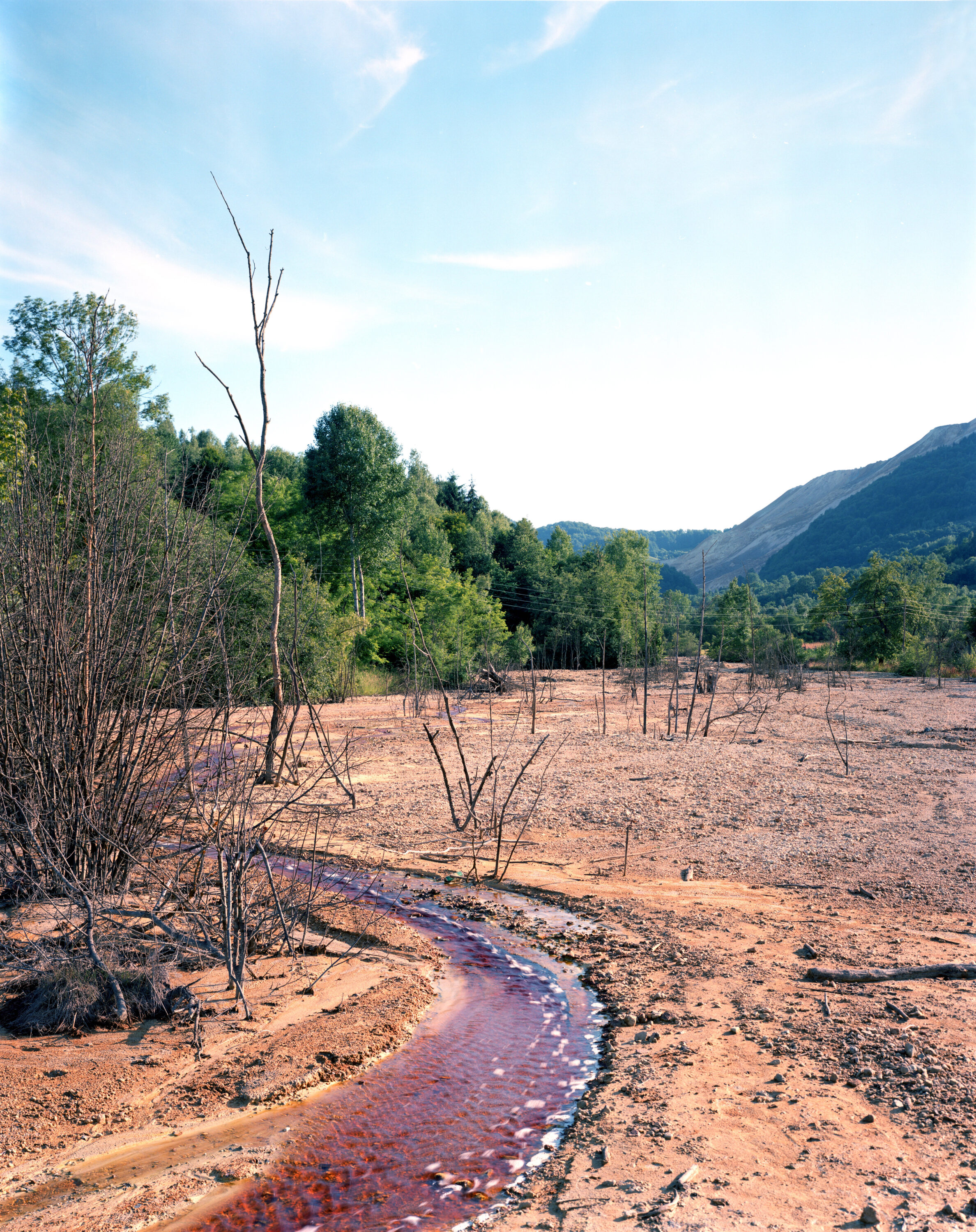
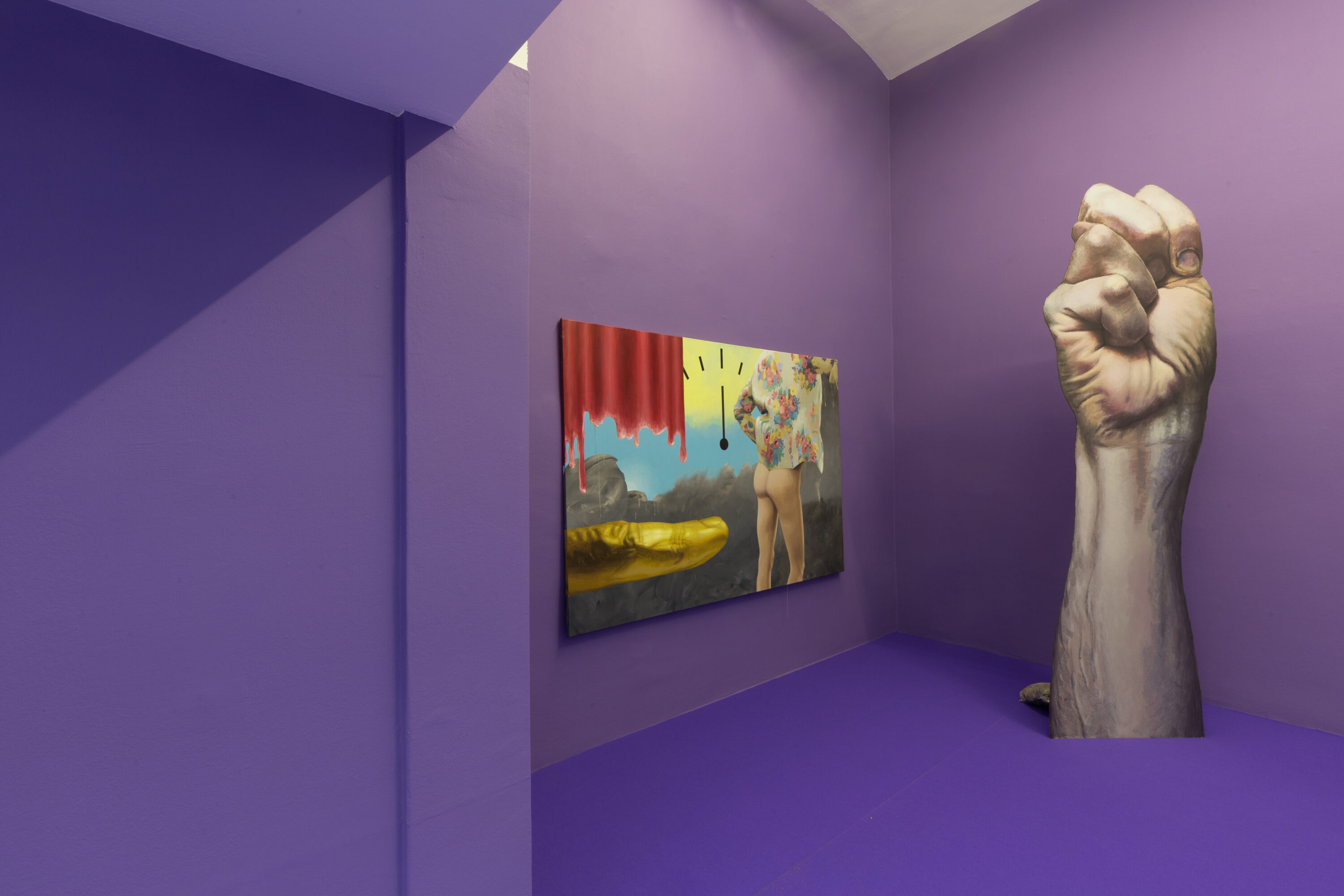
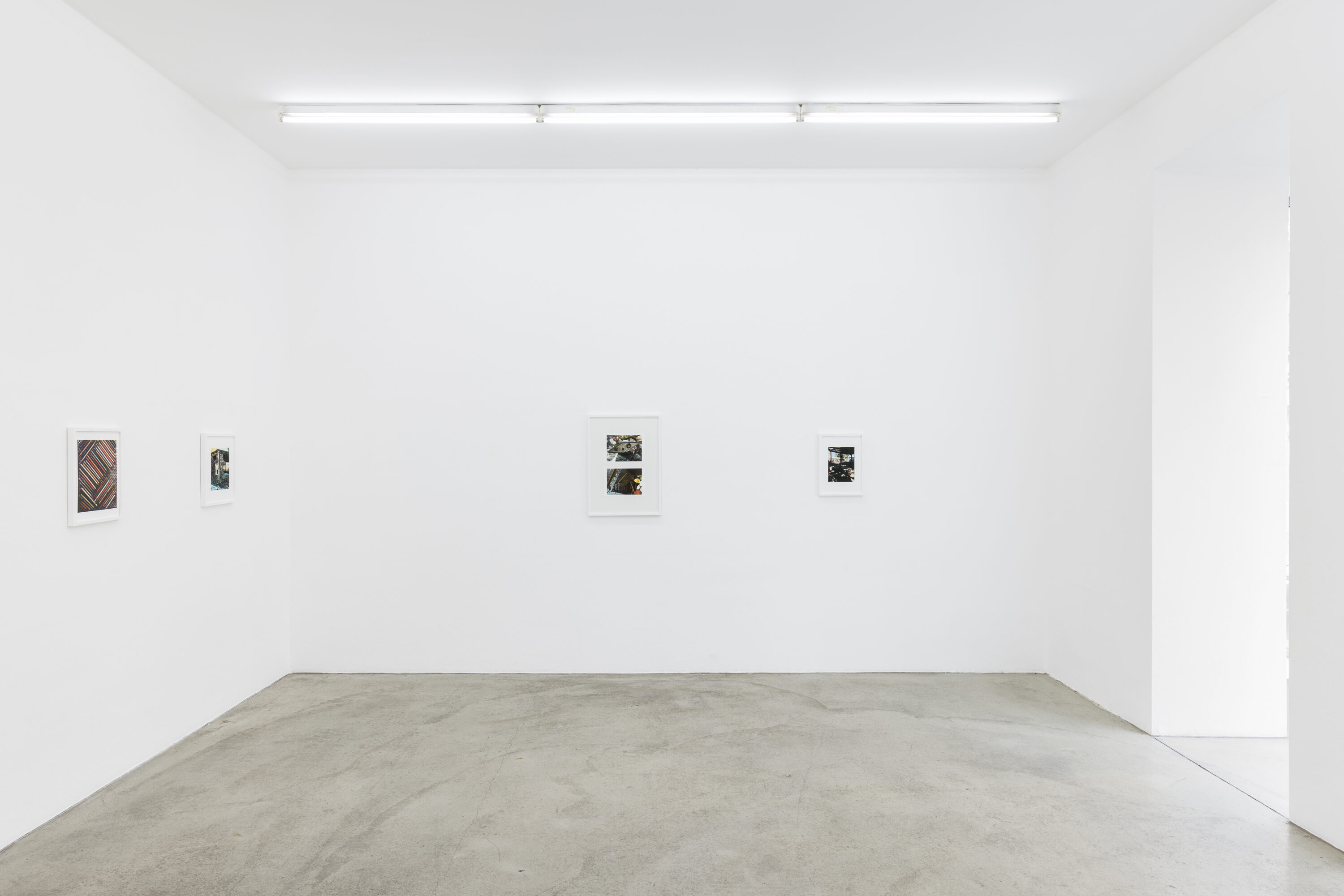
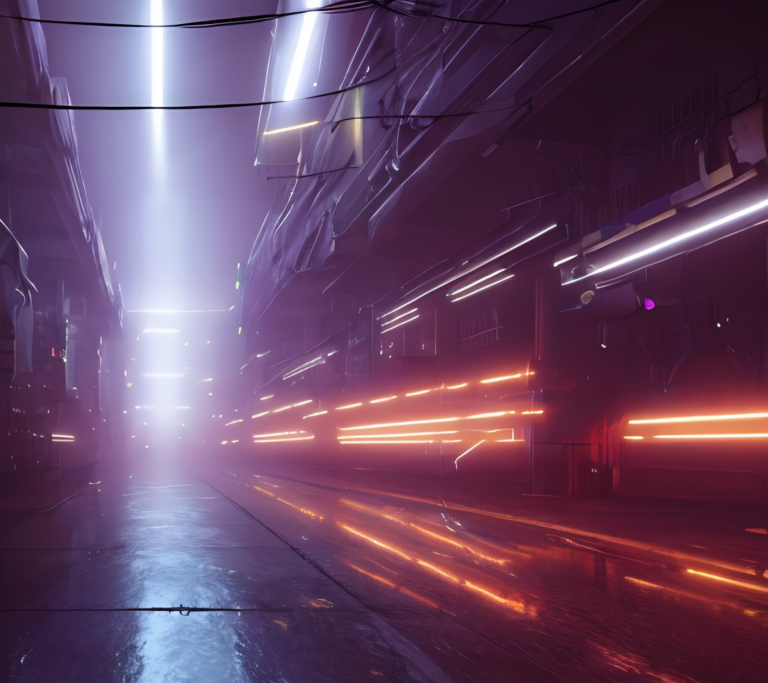
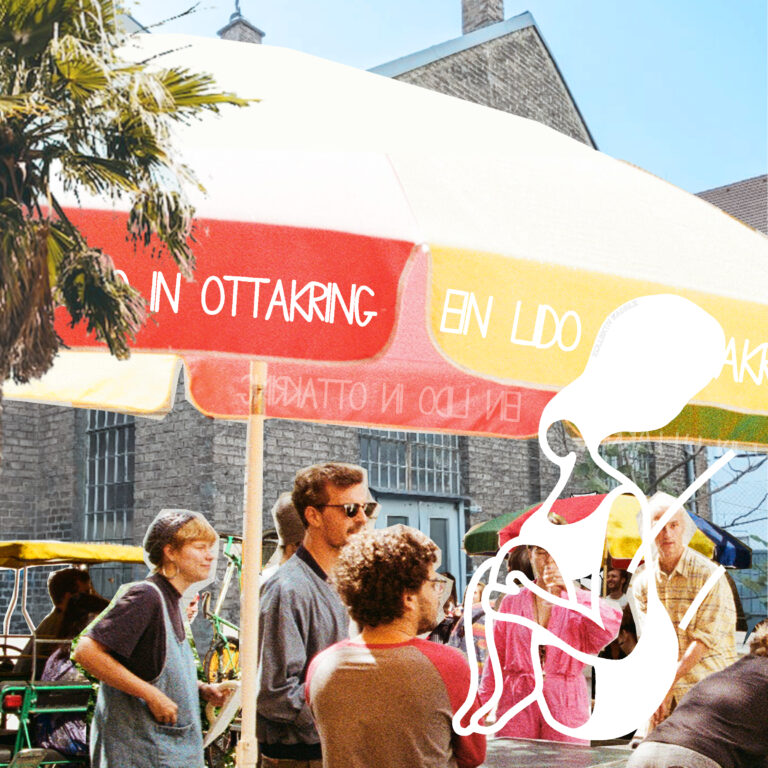
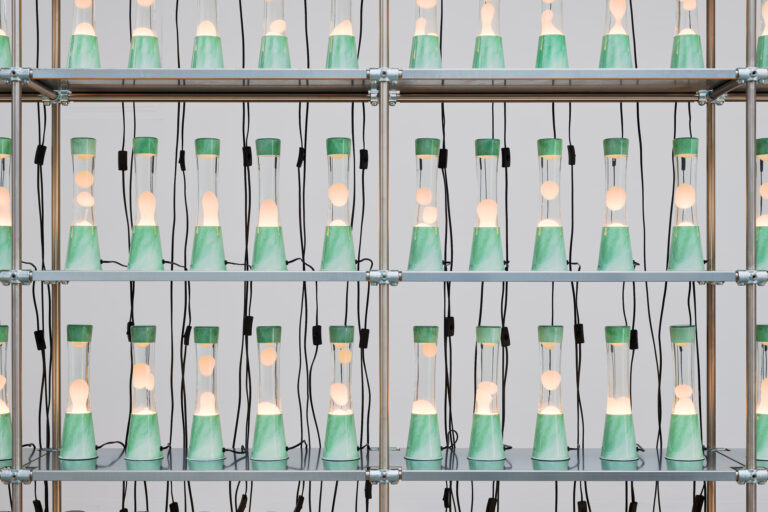
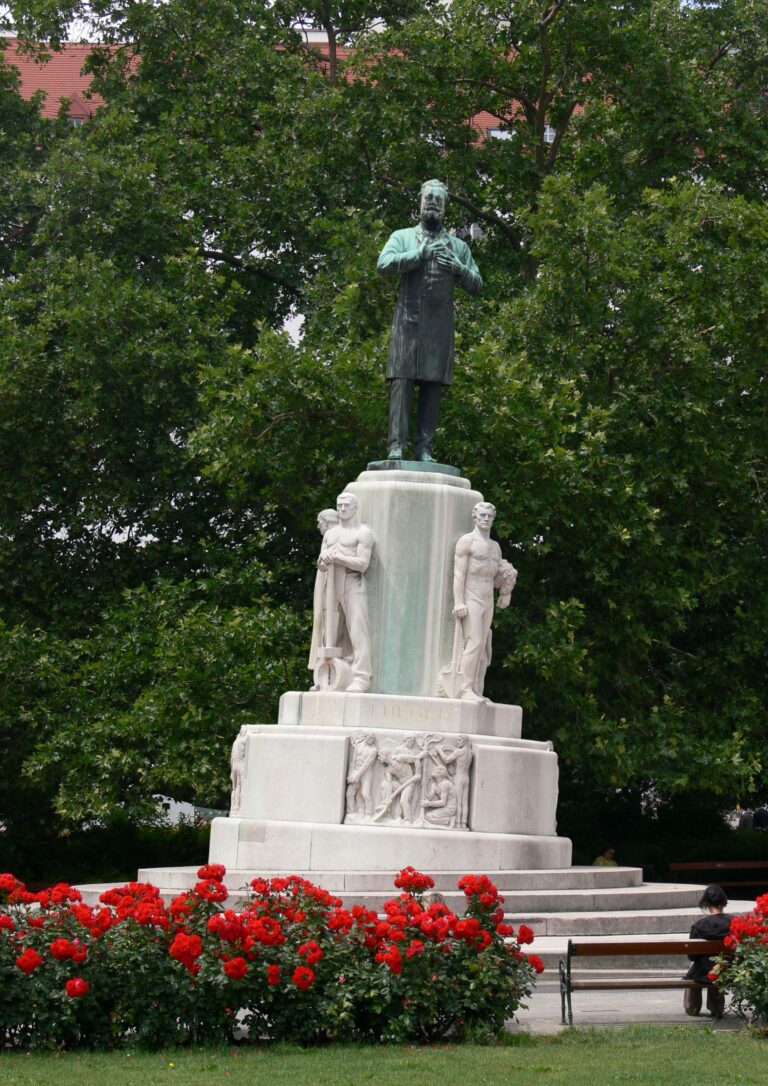
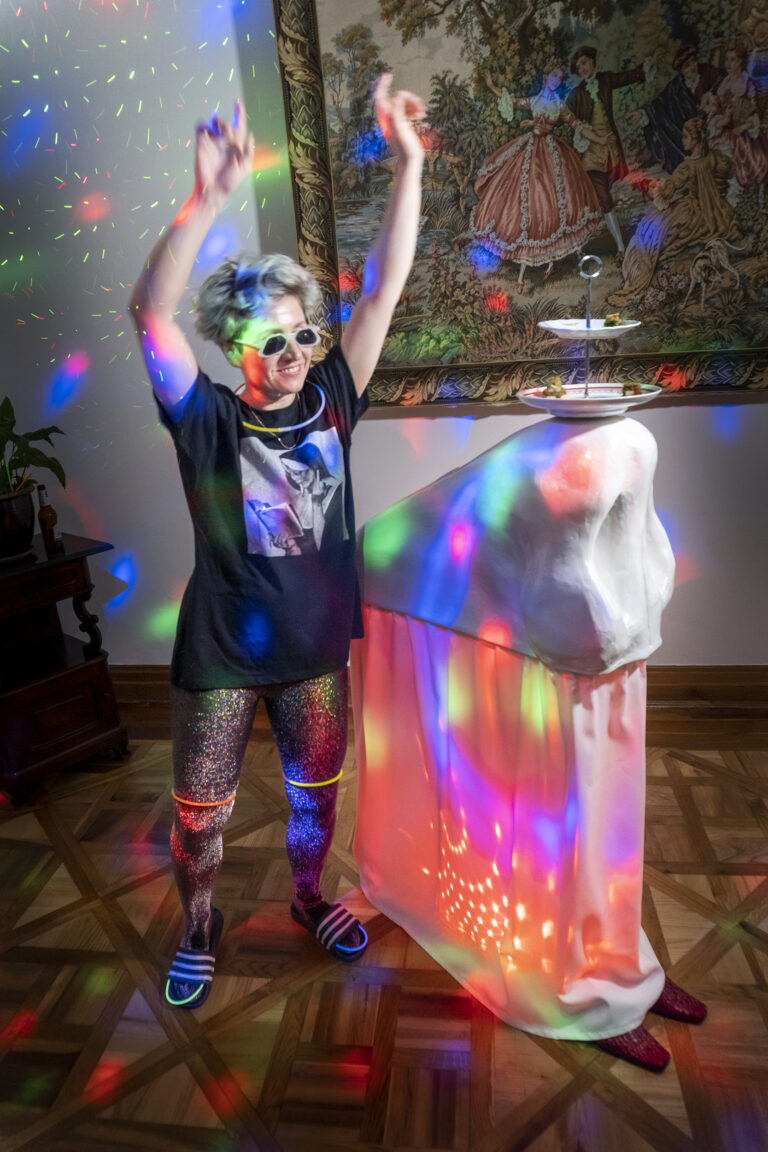
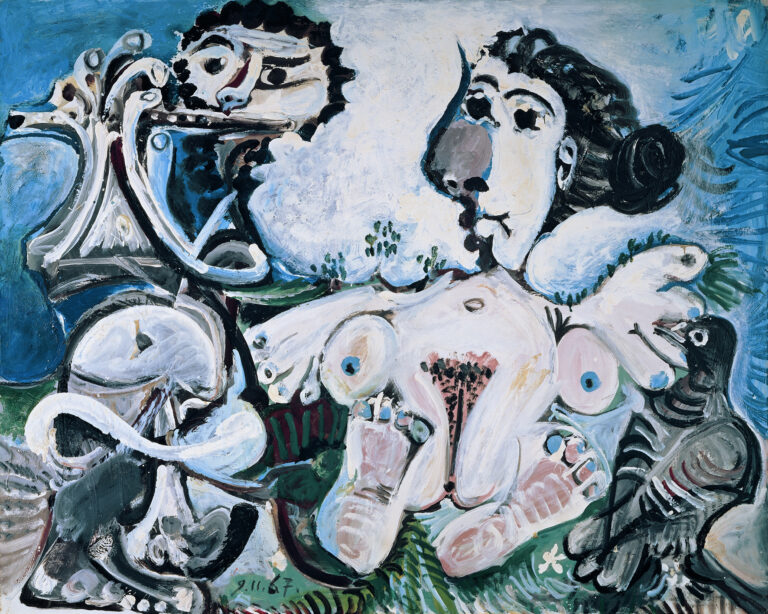

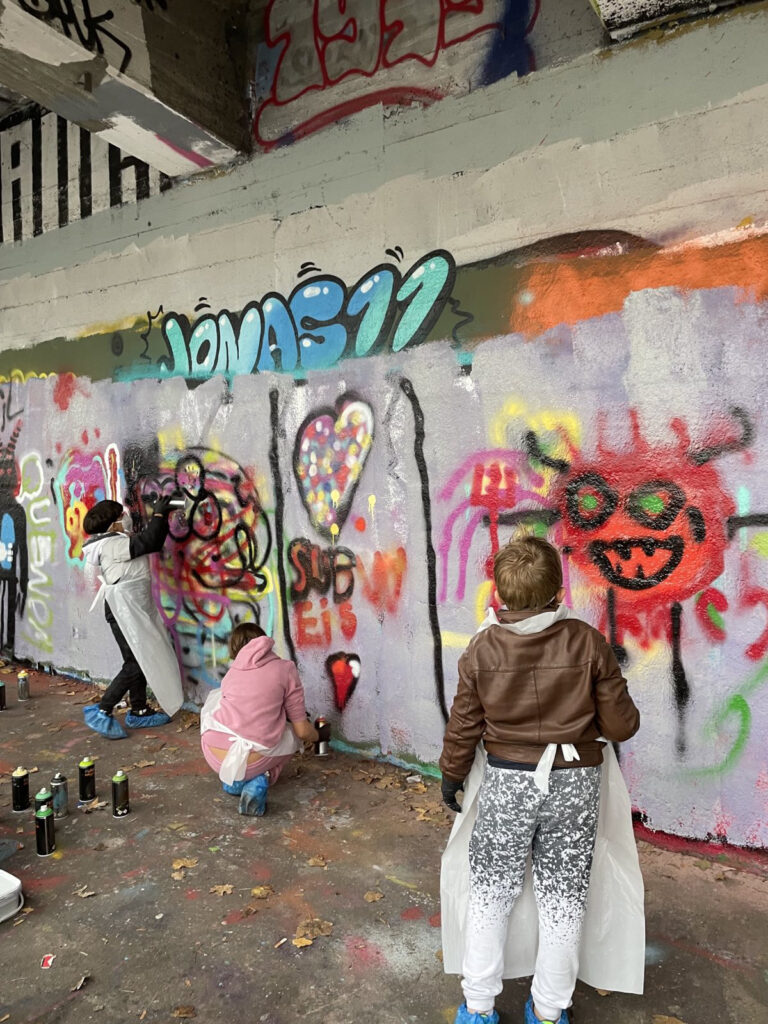
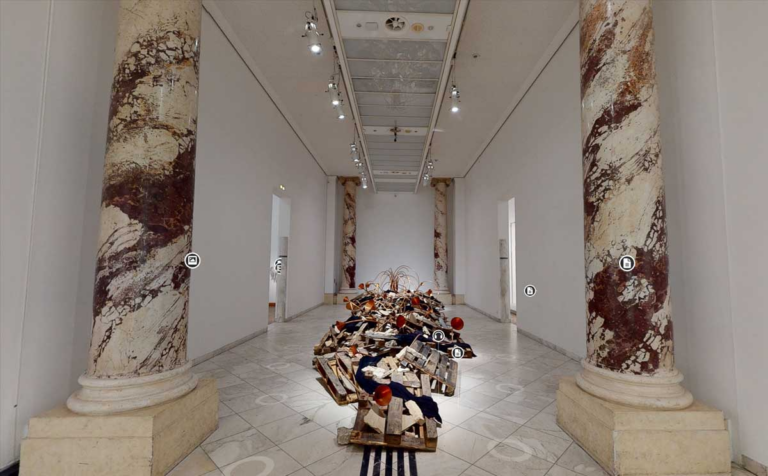
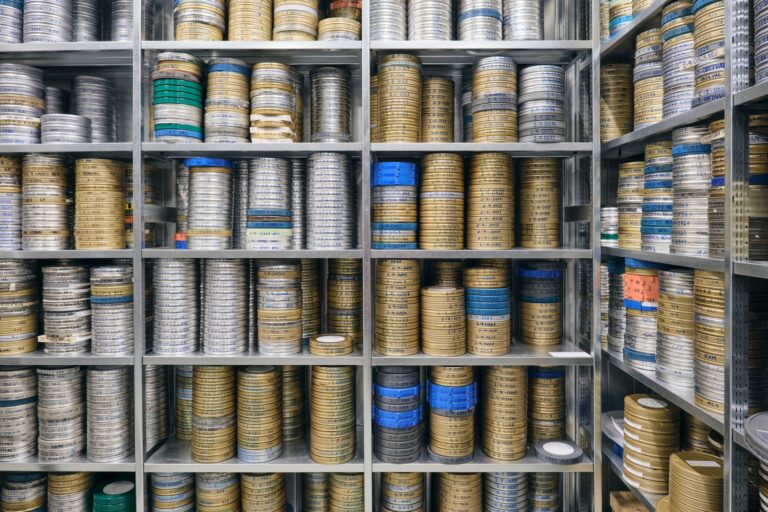
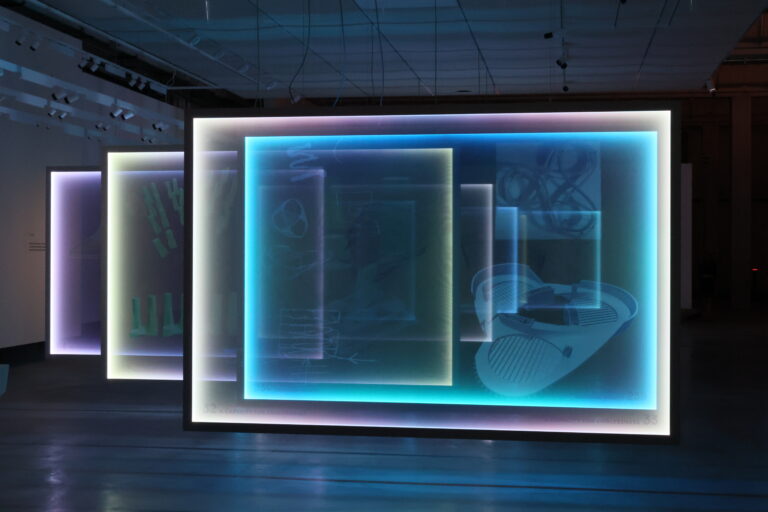
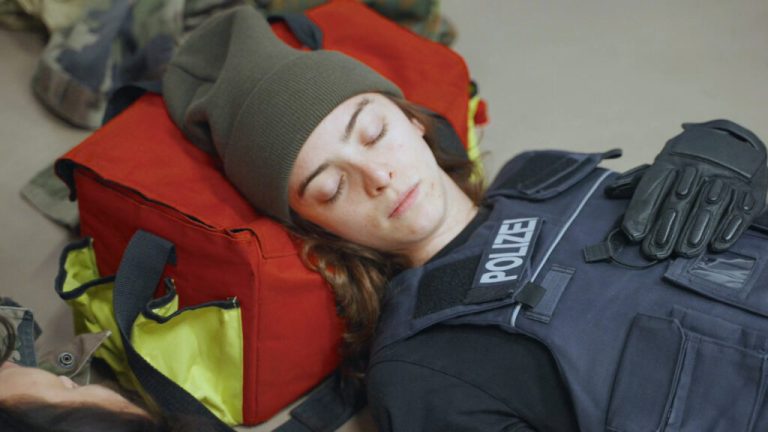
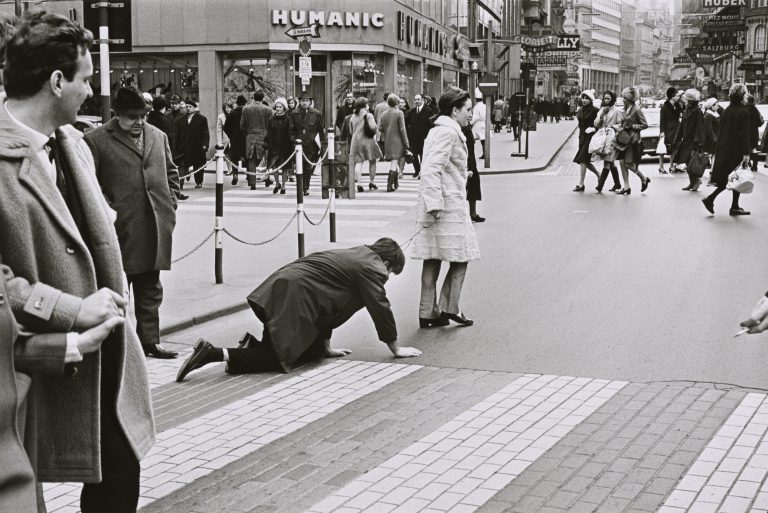
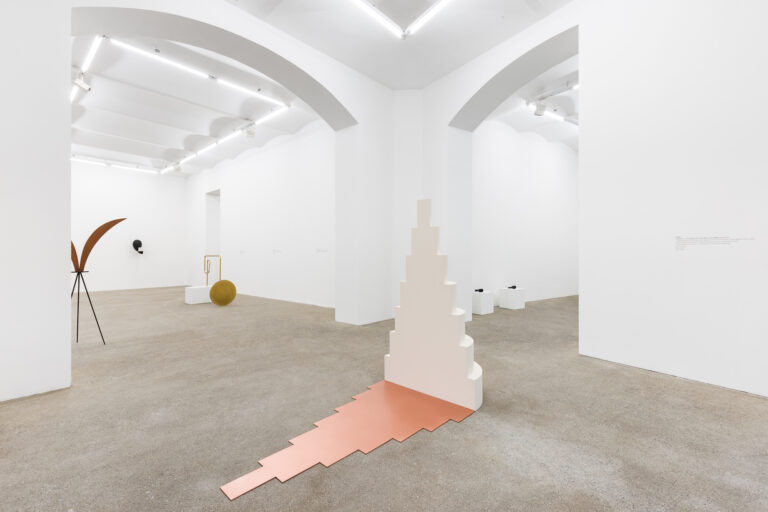
 and then
and then